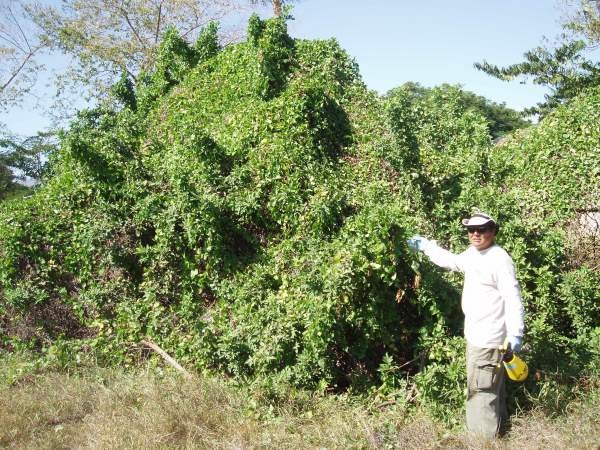If you travel between the Hawaiian Islands you know that each Island is unique, in traditions and food, expressions and…
Read More
ivy gourd
Fast-growing ivy gourd threatens rare dryland ecosystem on Maui
On Maui, we are lucky to have so many open spaces. Our island is relatively undeveloped, though you may beg…
Read More


